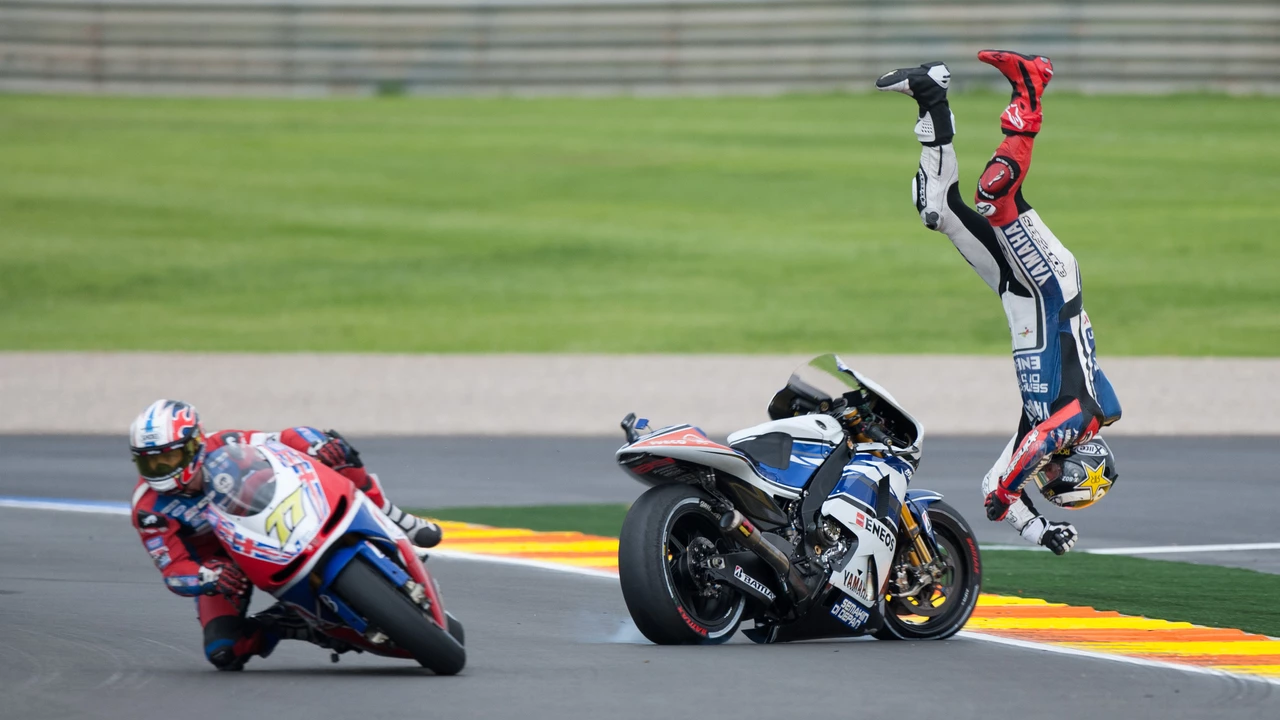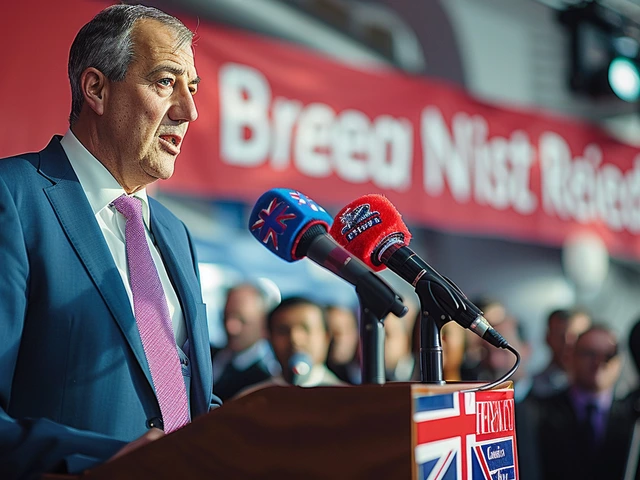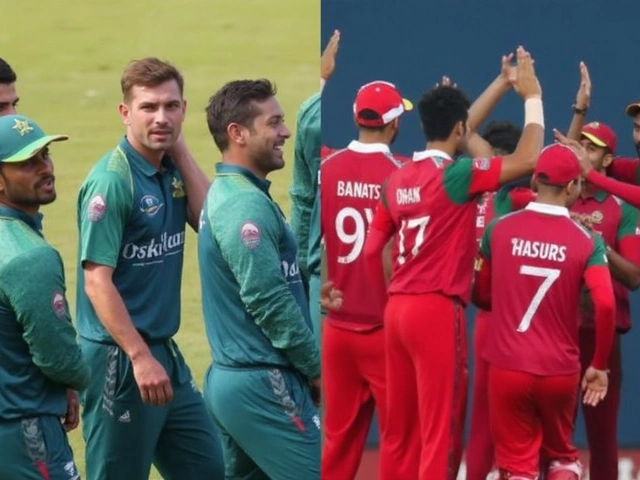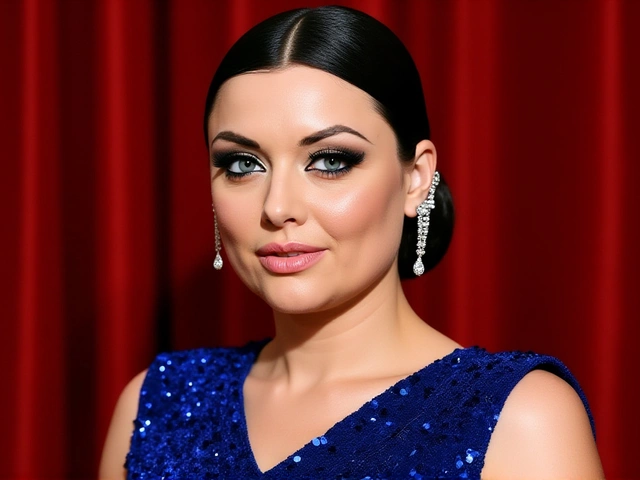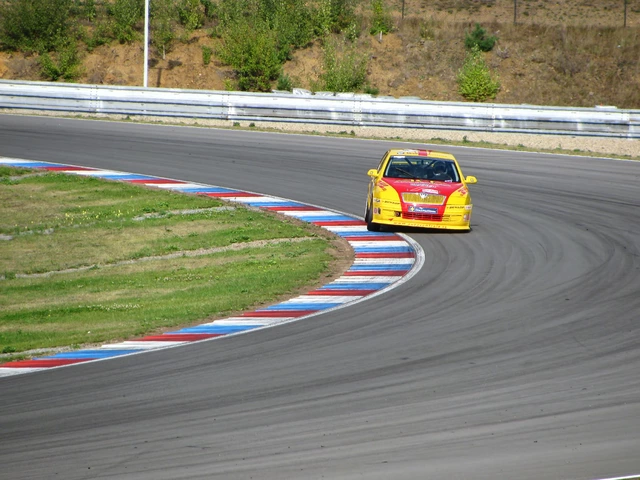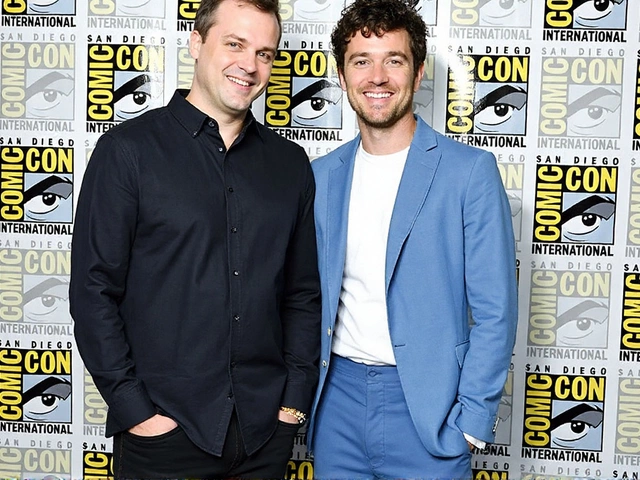MotoGP Riders: Who’s Who and What They Do
If you love the roar of engines and the thrill of a corner taken at 200 km/h, you’re already tuned into the world of MotoGP riders. These athletes are a mix of raw talent, fearless attitude, and relentless training. In this guide we’ll break down who the big names are, what makes them tick, and a few tricks you can spot on the track.
Top MotoGP Riders to Watch
Right now the grid is packed with talent. Francesco "Pecco" Bagnaia (Ducati) is the reigning champion, known for his smooth lines and clever racecraft. Marc Marquez (Honda) may have struggled with injuries, but when he’s on the bike his acceleration feels like a jet blast. Fabio Quartararo (Yamaha) brings youthful speed and a knack for late‑braking moves that leave rivals in his dust. Joan Mir (Team Suzuki Ecstar) isn’t the flashiest, but his consistency and race‑day savvy earn him podiums more often than not.
Each rider has a personal style. Bagnaia leans on high‑corner speed, Marquez thrives on aggressive corner entry, Quartararo loves long‑straight top‑end, and Mir relies on perfect lines and tire management. Spotting these habits on race day helps you understand why a rider overtakes or why they stay behind a pack.
Racing Tips: Slipstreaming and More
One of the most useful techniques to watch—and even try on a track day—is slipstreaming. In MotoGP, slipstreaming means riding in the low‑pressure zone right behind another bike. It reduces wind resistance, letting the trailing rider gain a few extra kilometres per hour without extra throttle. Riders use it on long straights to set up a pass or to defend their position by breaking the draft.
To spot a slipstream move, keep an eye on the rear rider staying directly in the lead’s wake. As they pull out just before a corner, they get a speed boost that can surprise the rider ahead. It’s a simple physics trick that makes racing more exciting and gives fans a clear visual cue of an upcoming overtake.
Beyond slipstreaming, pay attention to tire choice and how riders manage their bike’s temperature. A rider who keeps his rear tire in the sweet spot can turn a tight corner faster than anyone else. Watching pit‑stop updates also tells you which rider’s bike is performing best that day.
Finally, follow riders on social media or their official blogs. They often share behind‑the‑scenes training tips, bike setups, and race‑day mindsets. Knowing a rider’s favorite pre‑race meal or warm‑up routine adds a personal layer to the sport and makes the viewing experience richer.
So next time you’re watching a MotoGP race, keep these names and techniques in mind. Spot the slipstream, notice who’s managing tires like a pro, and you’ll feel a lot closer to the action than just watching from the couch.
Why do MotoGP riders not turn their handles?
In the thrilling world of MotoGP, it might seem odd but riders don't actually turn their handles to steer. Instead, they use a technique called counter-steering, where they push the handlebar in the opposite direction of the turn. This creates a lean which ultimately guides the bike into the turn. It's a more efficient way to navigate the high-speed twists and turns of a race, offering better control and stability. This technique showcases the physics at play in MotoGP racing, where precision, skill, and understanding of mechanics come together.
